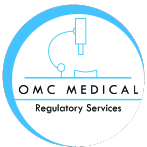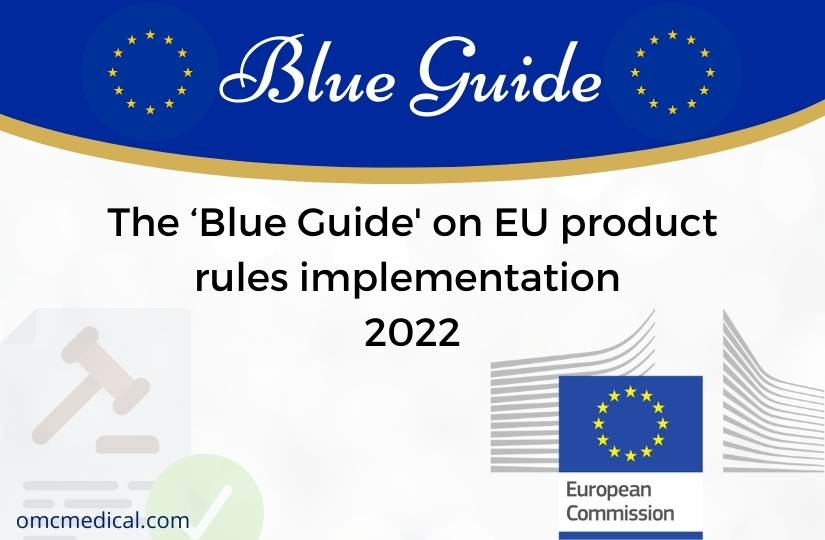Regulations
Medical device nomenclatures are those products used to prevent, diagnose, treat, and monitor the many diseases known to humankind. Medical devices and medicines play an equally important role in treating human beings. To learn more about medical devices, read our article on the definition of a medical device. This article discusses the nomenclature of medical devices and examples of these. What is the Nomenclature of Medical Devices? To simply put it, the nomenclature is the naming of a me...
Top 7 Guidance On Class I Medical Devices
The EU MDR 2017/745 imposes more stringent requirements for Class I devices. Under the new regulations, Manufacturers must righty classify a medical device and provide technical documentation following the device class. The risk class under MDD could change under MDR. In some cases, medical devices could be up classified from Class I medical devices to Class II a/b medical devices or Class III medical devices. Please read our article on the classification of medical devices to understa...
EU Requirements for Translations
Under the Medical Devices Directive (MDD), it is required that manufacturers have translations of the technical documents like Instructions for Use. However, this rule wasn’t strictly followed up until MDR was brought in place. The European Union’s language requirements information can be found in Article 41 and Annex 1 (Chapter 3) of the EU MDR. Language requirements: EU Requirements for Translations As per MDR 2017/745, the information provided with medical devices needs to be tr...
Field Safety Corrective Action (FSCA) – Swiss
What is a Field Safety Corrective Action? Any action performed to reduce the risk of death or serious deterioration in health connected with the use of a medical device is referred to as Field Safety Corrective Action (FSCA). The manufacturer is required to take action to remove or limit the risk of the recognised dangers. If a medical device malfunctions in Switzerland, the manufacturer is required to undertake an FSCA and Swissmedic keeps track of all FSCAs regarding medical equipment sold in...
Global ISO Requirements
What is ISO? ISO – International Organization for Standardization, is the international, non-governmental body for drafting and establishing technical and non-technical standards. These standards are developed by different committees within the International Organization for Standardization. Having around 165 member states, with one representative from each, International Organization for Standardization is a global entity catering to the needs of industry requirements. Are ISO standards impor...
EU Declaration of Conformity
The Declaration of conformity (DoC) is one of the key documents within technical documentation. Technical documentation is necessary for manufacturers as this is a detailed record that provides essential information on the design, manufacture, and operation. EU Declaration of Conformity is signed by the manufacturer to declare that the products comply with the EU requirements. By signing it, the manufacturer takes full responsibility for the product’s compliance with the applica...
Regulation (EU) 2017/746 (IVDR): MDR IVDR Amendment Jan. 2023
Introduction Recent amendments to Regulation (EU) 2017/745, also known as the Medical Devices Regulation (MDR), have introduced significant changes to the timelines and conditions for placing certain medical devices on the market or putting them into service. This comprehensive analysis explores the key points of these amendments, focusing on the intricate timeline considerations. Paragraph 3 Amendments Paragraph 3 has undergone crucial revisions, introducing new provisions (3a to 3g) that o...
Implant Card for Switzerland
Implant Cards in Switzerland For implantable products, the manufacturer must provide the product information required under Article 16 of MedDO, the information required under Article 18 paragraph 1 EU-MDR and must include the implant card. In Switzerland, the implant card must be in all three official languages of Switzerland. The information regarding implant card is in MedDO Article 20 Information on implantable devices. Healthcare institutions must enter the details of the implant...
The ‘Blue Guide’ on EU product rules implementation 2022
The amended ‘Blue Guide’ on the application of the product rules 2022’ (“Blue Guide”) was released by the European Commission on June 29, 2022. The Blue Guide allows a better understanding of EU product regulations and their uniform and coherent application across various sectors throughout the EU single market. The Blue Guide has undergone significant changes, including the definition of new terms, the addition of information on which economic actors will be responsible for compliance...
Risk Management of medical devices under MDR
All medical devices are associated with inherent risks of some level. It is imperative to understand the medical device’s specific risks to a patient. Under EU MDR 2017/745, risk management is a continuous and iterative process. Manufacturers are expected to plan, document, and implement risk management strategies in this process. These strategies may either eliminate the risk or mitigate the overall severity of the risk. Medical Device Risk- Definition ...














